Crate training is often misunderstood, yet it holds incredible value for both dogs and their owners.
Contrary to some beliefs, it’s far from cruel; in fact, it provides a sense of security and stability for your canine companion.
Let’s delve into why crate training is beneficial and why the adage “if it ain’t broke, don’t fix it” perfectly applies here.
Understanding the Essence of Crate Training
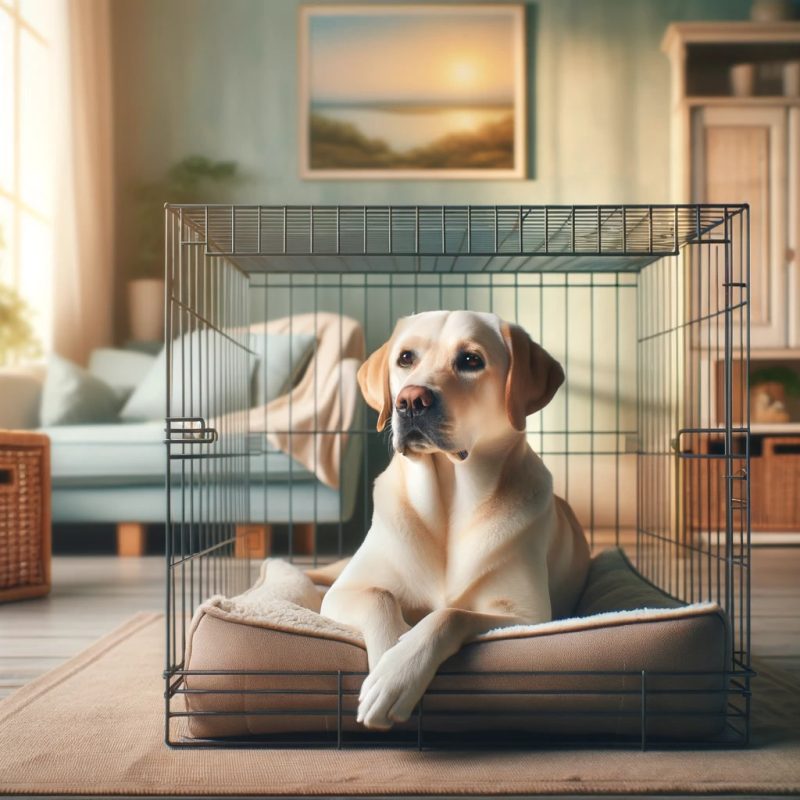
Crate training has been a subject of debate among pet owners.
However, its benefits are undeniable, especially when considering the case of a dog who was trained to find comfort in her crate, only to have her routine disrupted by her new owner.
This change led to anxiety and destructive behavior, highlighting the importance of crate training.
Stability: A Cornerstone of Crate Training
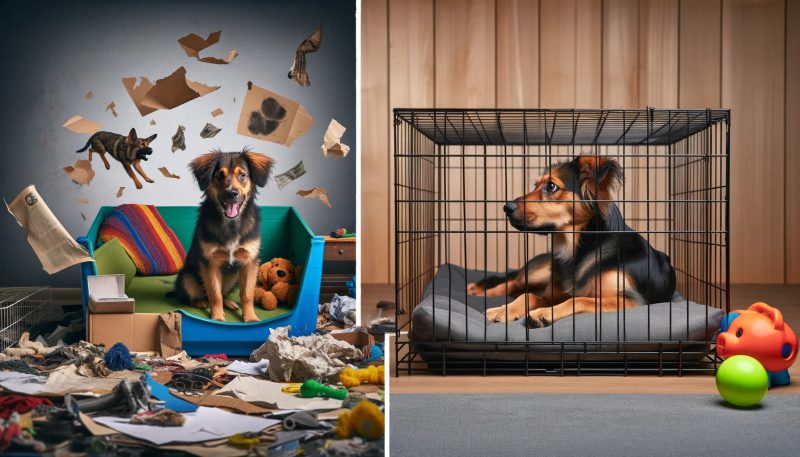
For dogs, crates are more than just an enclosure; they offer a consistent and stable environment.
Especially for dogs that have been crate trained since their early years, the crate becomes a familiar and comforting space.
Removing this space can lead to confusion and stress, as evidenced by the dog who wreaked havoc in her owner’s bedroom in the absence of her crate.
Security: The Safe Haven Aspect of Crates
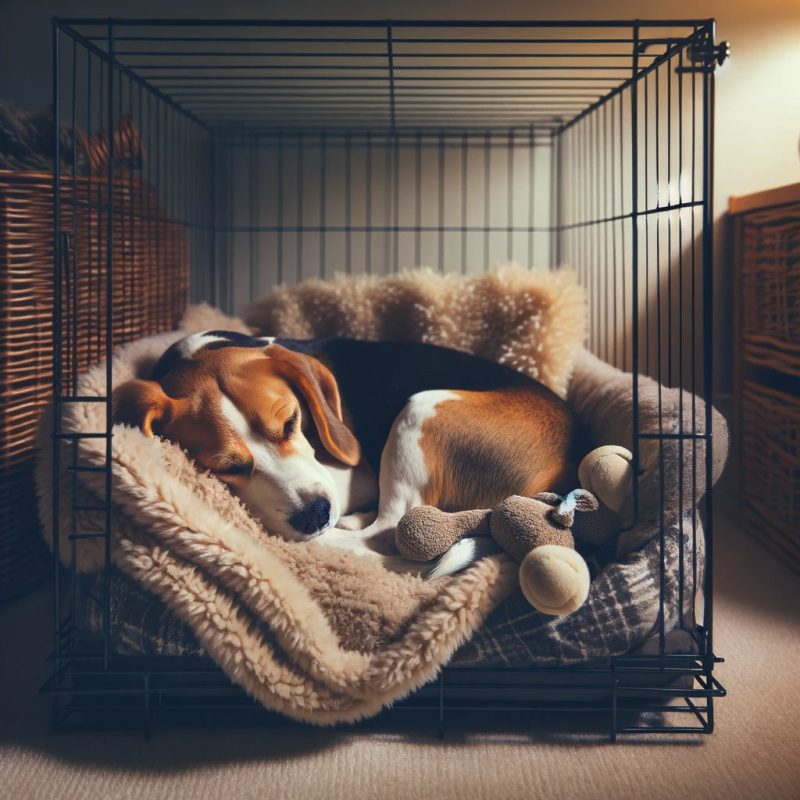
One of the key benefits of crate training is the sense of security it provides to dogs.
They perceive it as a personal space that is exclusively theirs, which is crucial for their emotional well-being.
This secure environment can be particularly beneficial for dogs prone to anxiety or those who get easily stressed in the absence of their owners.
Reducing Anxiety Through Crate Training
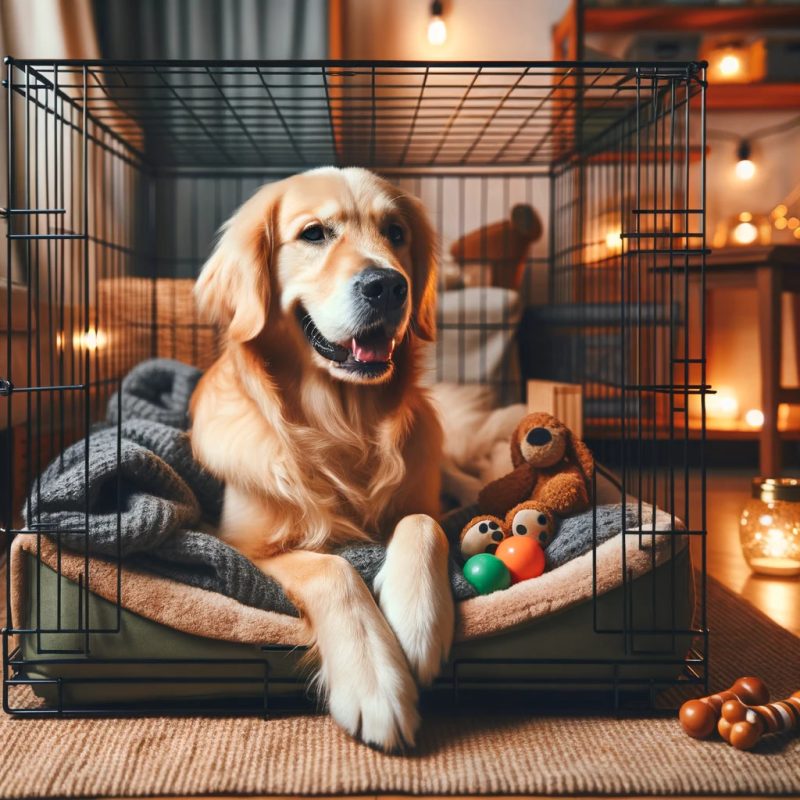
Crate training can significantly alleviate separation anxiety in dogs.
The confined, familiar space filled with their own scent helps them feel safe and secure.
This reduction in stress is vital for their overall health and well-being, particularly for high-strung or anxious dogs.
The Philosophy of “If It Ain’t Broke, Don’t Fix It”
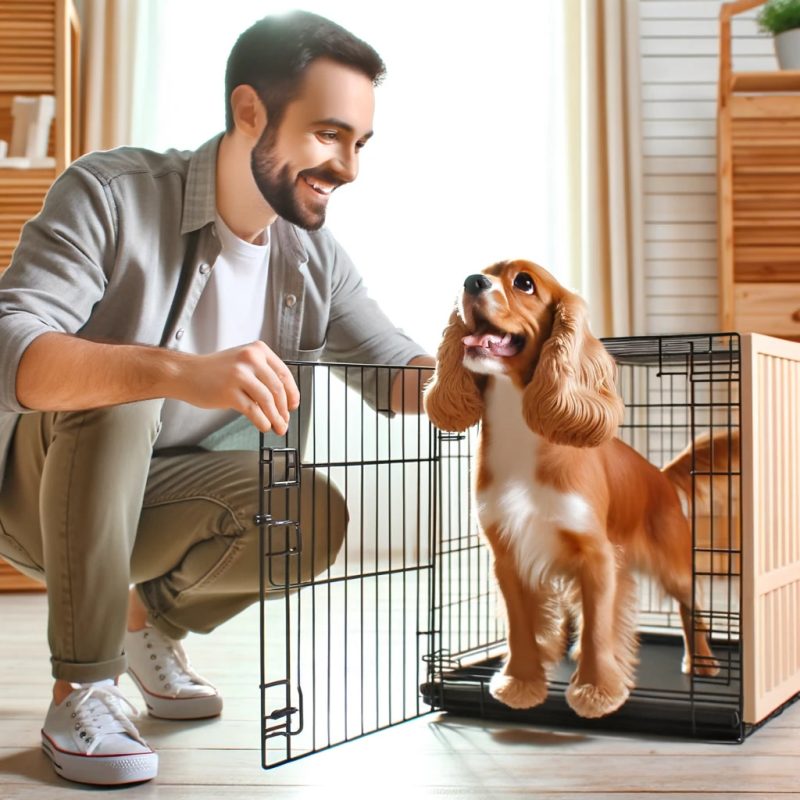
When it comes to crate training, the principle of “if it ain’t broke, don’t fix it” is highly relevant.
If a dog is accustomed to and comfortable with crate training, disrupting this routine can have negative consequences.
This approach isn’t just about sticking to what works; it’s about recognizing and respecting the comfort and needs of your canine friend.
In conclusion, crate training is more than a mere training technique; it’s a way to provide your dog with a sense of stability, security, and comfort.
While it may not be suitable for every dog, it’s crucial to understand and respect the routines that work for your pet.
A well-adjusted, crate-trained dog is likely to be happier and more content, making crate training a valuable practice in the world of pet care.
Remember, when it comes to your furry friend’s well-being, sticking to what works is often the best policy.
from WordPress https://ift.tt/kpGQE1g
